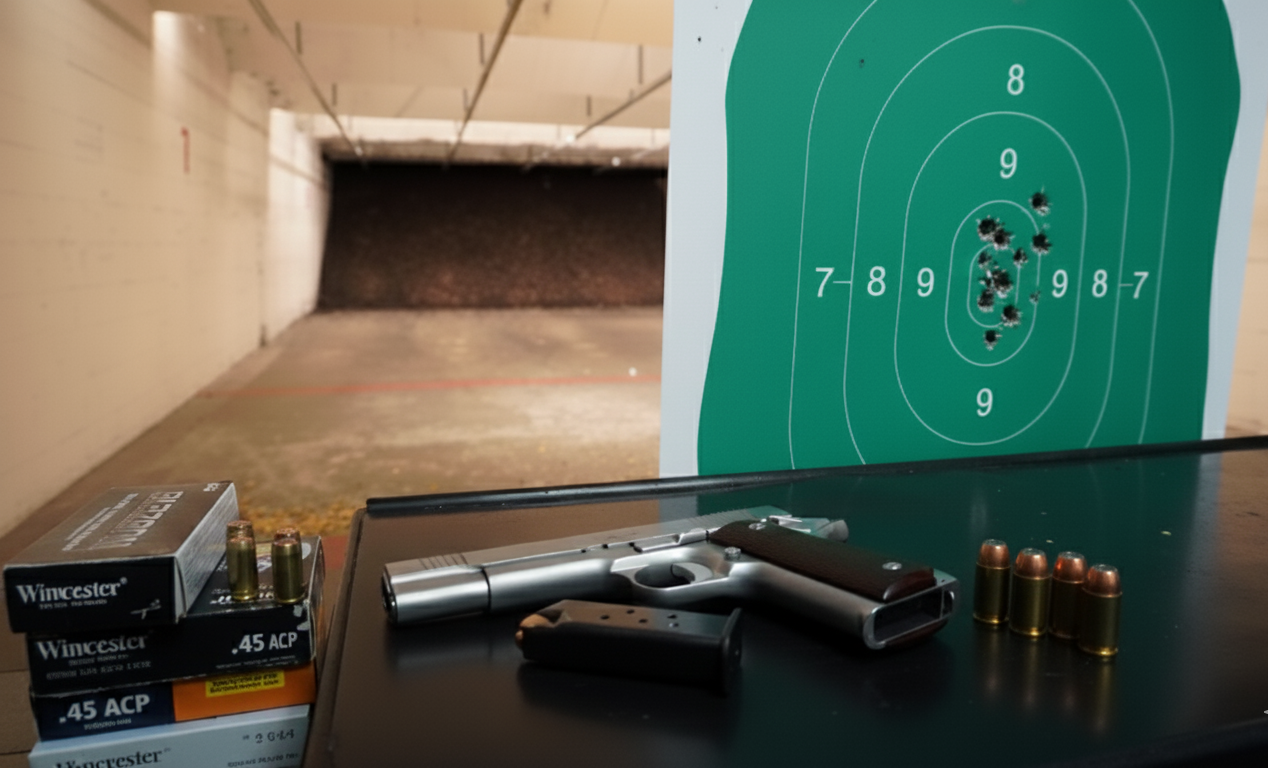
In Texas, the right to defend yourself, your family, and your property is deeply rooted in the law. One of the most important legal principles supporting this right is the Castle Doctrine. If you’re a homeowner, renter, business owner or simply a Texan concerned about self-defense, understanding the Castle Doctrine is essential. We will cover key elements of the Castle Doctrine to help you understand your rights when it comes to protecting your home and property.
What is the Castle Doctrine?
The Castle Doctrine is a legal principle that allows individuals to use force, including deadly force, to defend themselves against an intruder in their home, vehicle, or workplace. The name comes from the idea that “a person’s home is their castle,” and they have the right to protect it.
In Texas, the Castle Doctrine is codified in Section 9.31 and 9.32 of the Texas Penal Code. These laws outline when and how force can be used in self-defense.
Key Elements of the Texas Castle Doctrine
Here’s what you need to know about how the Castle Doctrine works in Texas:
1. Presumption of Reasonableness
Under Texas law, if someone unlawfully enters or attempts to enter your home, vehicle, or workplace, it is presumed that you acted reasonably if you used force (including deadly force) against them. This means the burden of proof shifts to the prosecution to prove that your actions were not justified.
2. No Duty to Retreat
Texas is a Stand Your Ground state, which means you have no legal obligation to retreat before using force in self-defense. If you’re in a place where you have a legal right to be, you can stand your ground and defend yourself.
3. Protection of Property
The Castle Doctrine also extends to protecting your property. For example, if someone is attempting to steal your car or break into your home, you may use force to prevent the crime.
When Can You Use Deadly Force?
The Castle Doctrine allows the use of deadly force in specific situations:
- Against Unlawful Entry: If someone is unlawfully entering or attempting to enter your home, vehicle, or workplace.
- Against Forcible Crimes: If someone is committing (or attempting to commit) aggravated kidnapping, murder, sexual assault, robbery, or aggravated robbery.
- Reasonable Belief of Harm: If you reasonably believe that deadly force is immediately necessary to protect yourself or others from harm.
Limitations of the Castle Doctrine
While the Castle Doctrine provides strong protections, there are important limitations:
- Illegal Activity: You cannot claim protection under the Castle Doctrine if you are engaged in illegal activity at the time of the incident.
- Provocation: If you provoke the other person into using force, you may lose the right to claim self-defense.
- Trespassers: The Castle Doctrine does not apply to trespassers on open land (e.g., a field or ranch). Different rules apply in these situations. Also, deadly force is never justified for a simple trespass on ANY property, there must be additional actions taking place that would justify using deadly force.
Real-Life Scenarios: How the Castle Doctrine Applies
Here are a few examples of how the Castle Doctrine might apply in real life:
- Home Invasion: If someone breaks into or attempts to break into your home, you can use deadly force to protect yourself and your family.
- Carjacking: If someone attempts to carjack you while you’re in your vehicle, you can use force to defend yourself.
- Workplace Defense: If an intruder enters your workplace and poses a threat, you can use force (or deadly force if justified) to protect yourself and others.
What to Do After Using Force in Self-Defense
If you ever find yourself in a situation where you’ve used force under the Castle Doctrine, here’s what you should do:
- Call 911: Report the incident immediately and request medical assistance if needed.
- Law Enforcement Statement: Provide basic information but avoid making detailed statements without an attorney present.
- Contact an Attorney: Self-defense cases can be complex, so it’s crucial to seek legal advice as soon as possible.
Get Your Texas LTC Online
You can take the Texas license to carry class online. Having the Texas license to carry provides legal protections should you ever have to defend yourself under the Castle Doctrine.



